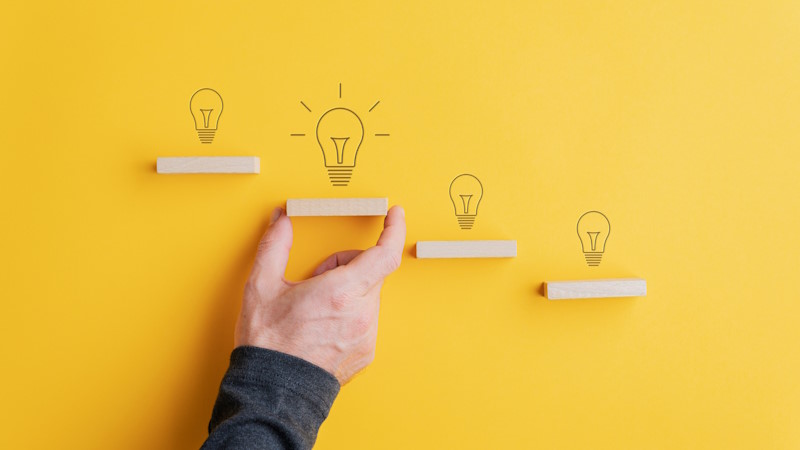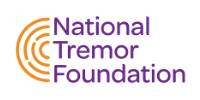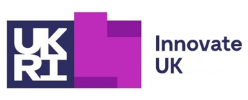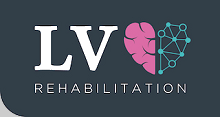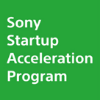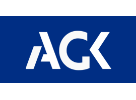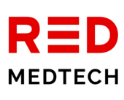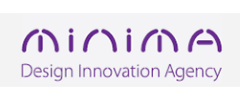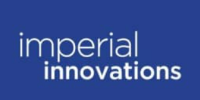SERG's PD.Ignite
Our holistic Parkinson's care analytics platform to monitor and manage Parkinson's Disease across all stakeholders.
Our core focus
Tailoring management to each individual using a patient-specific and adaptive model to enhance the overall experience for people living with Parkinson's.
Introducing SERG's PD.Ignite
Our holistic Parkinson's analytics platform uses our patented wearables and dashboard to connect monitoring with treatment for personalised care and greater control.
Explore our trials
We are running a number of trials using PD.Ignite, some are backed by Innovate UK and the National Institute of Health and Care Research.
Our team
We have specially chosen the members of our team. They are enthusiastic, experienced and dedicated to our values and goals.




